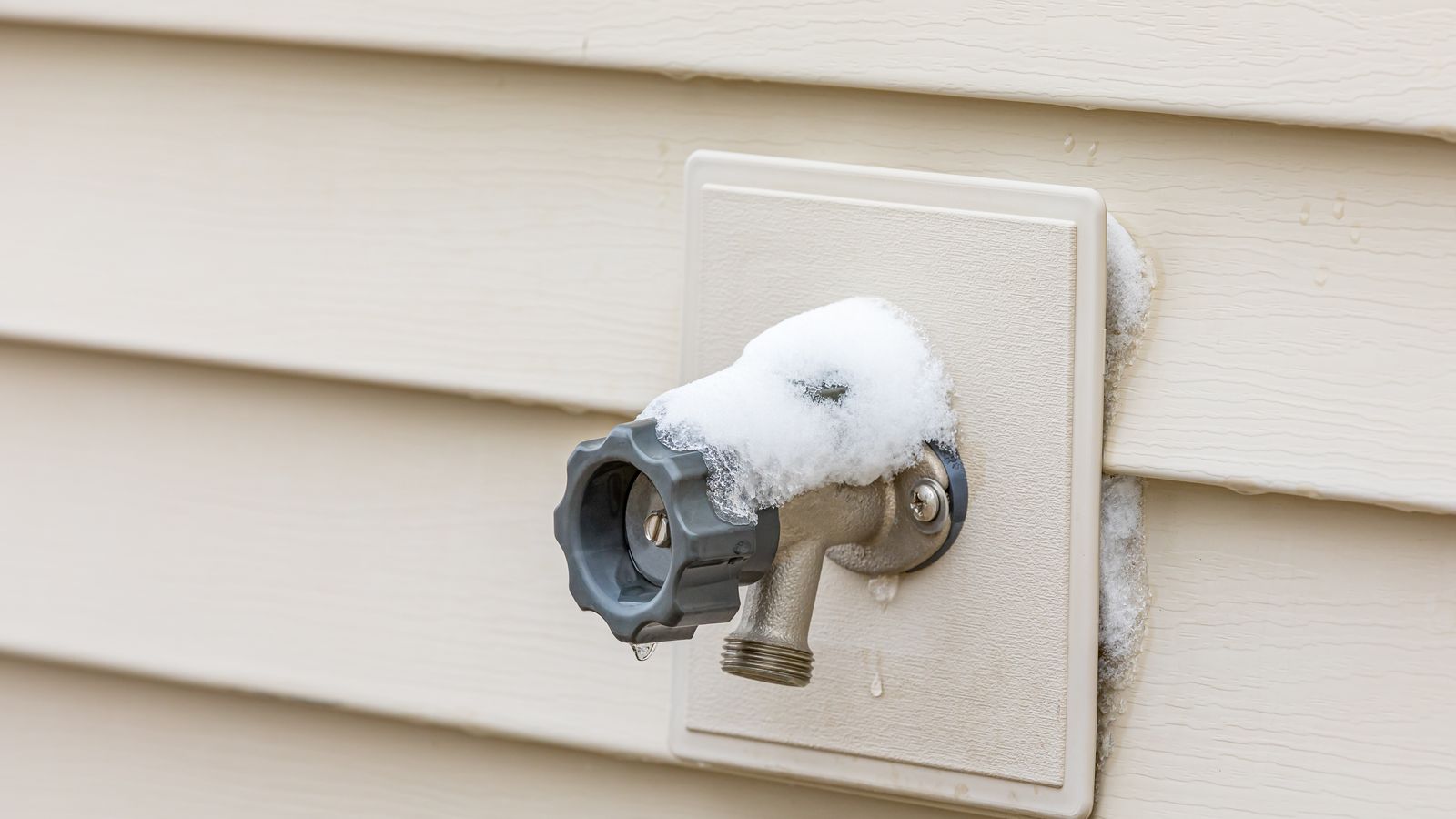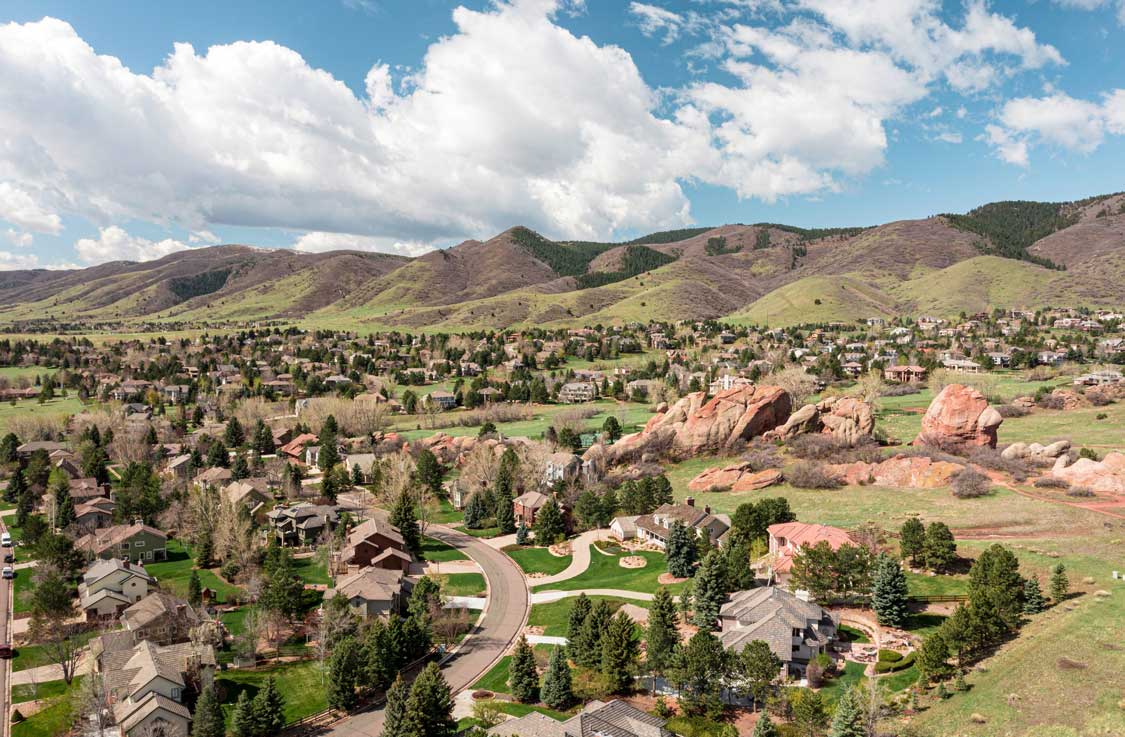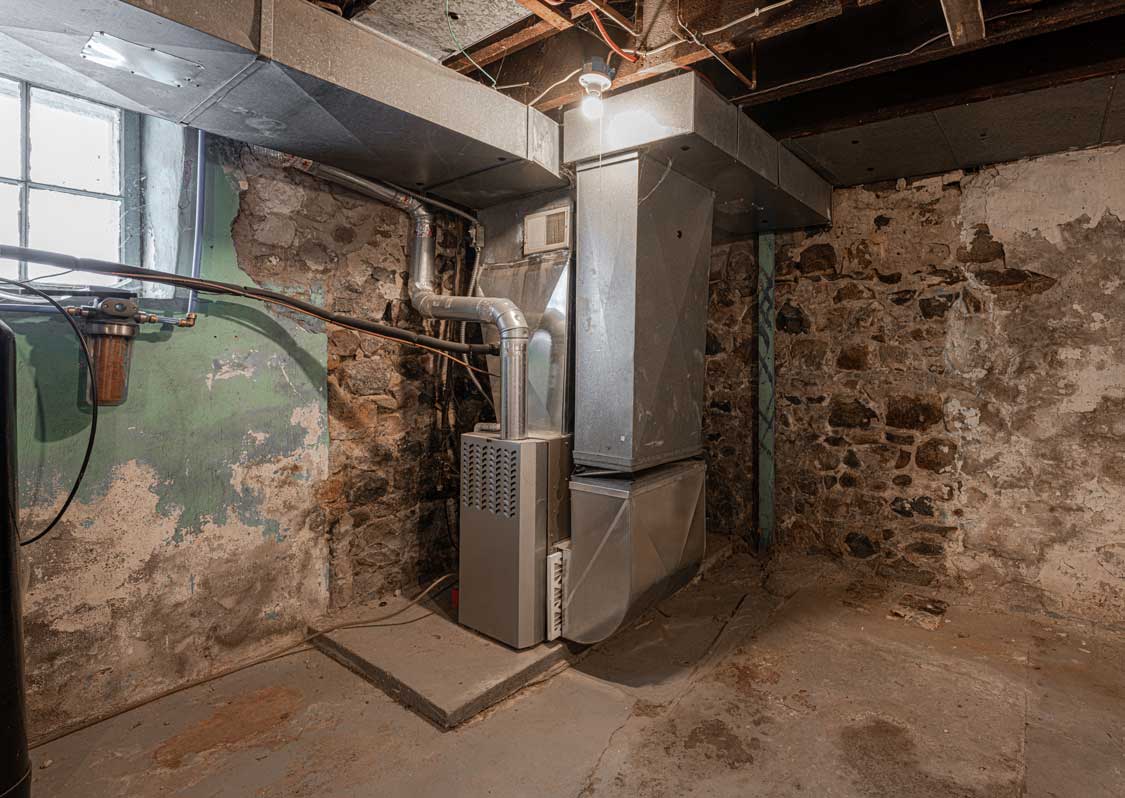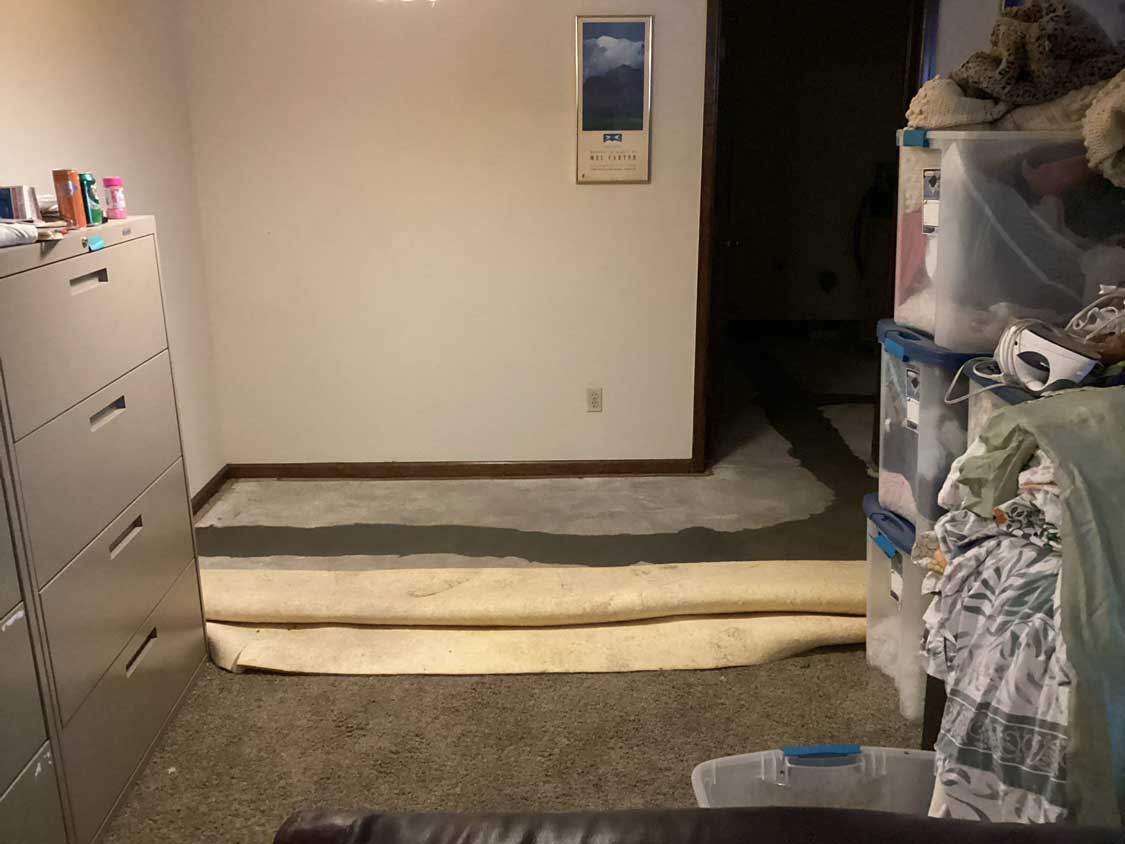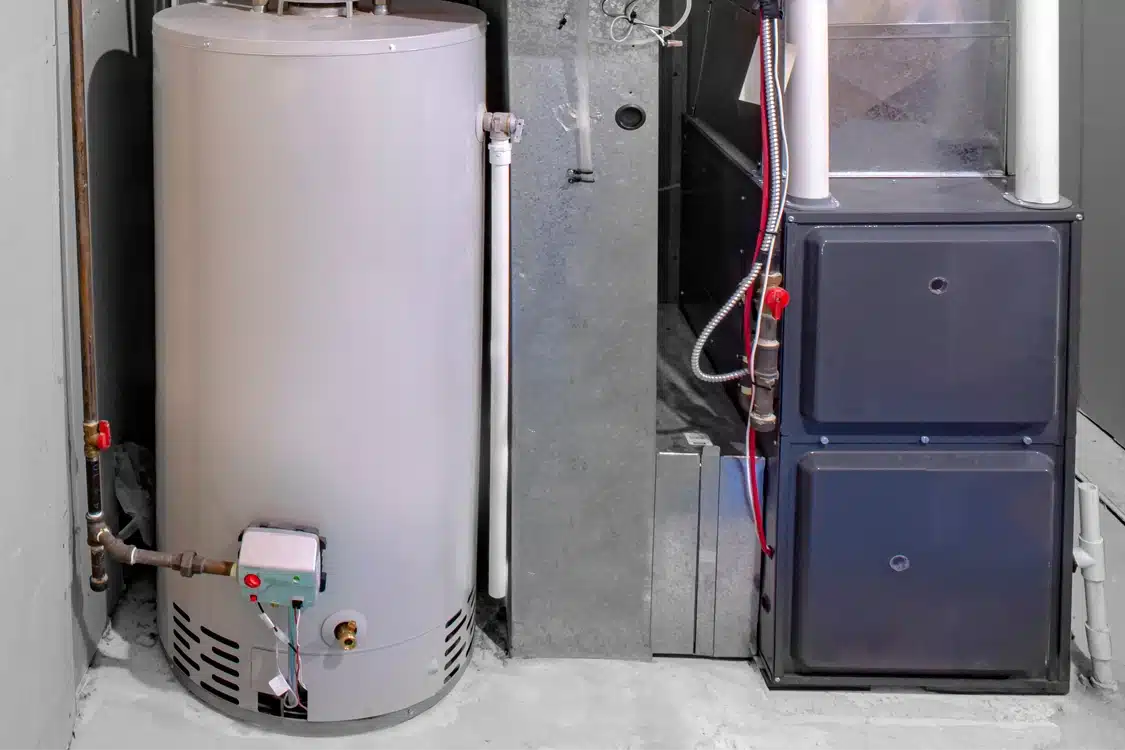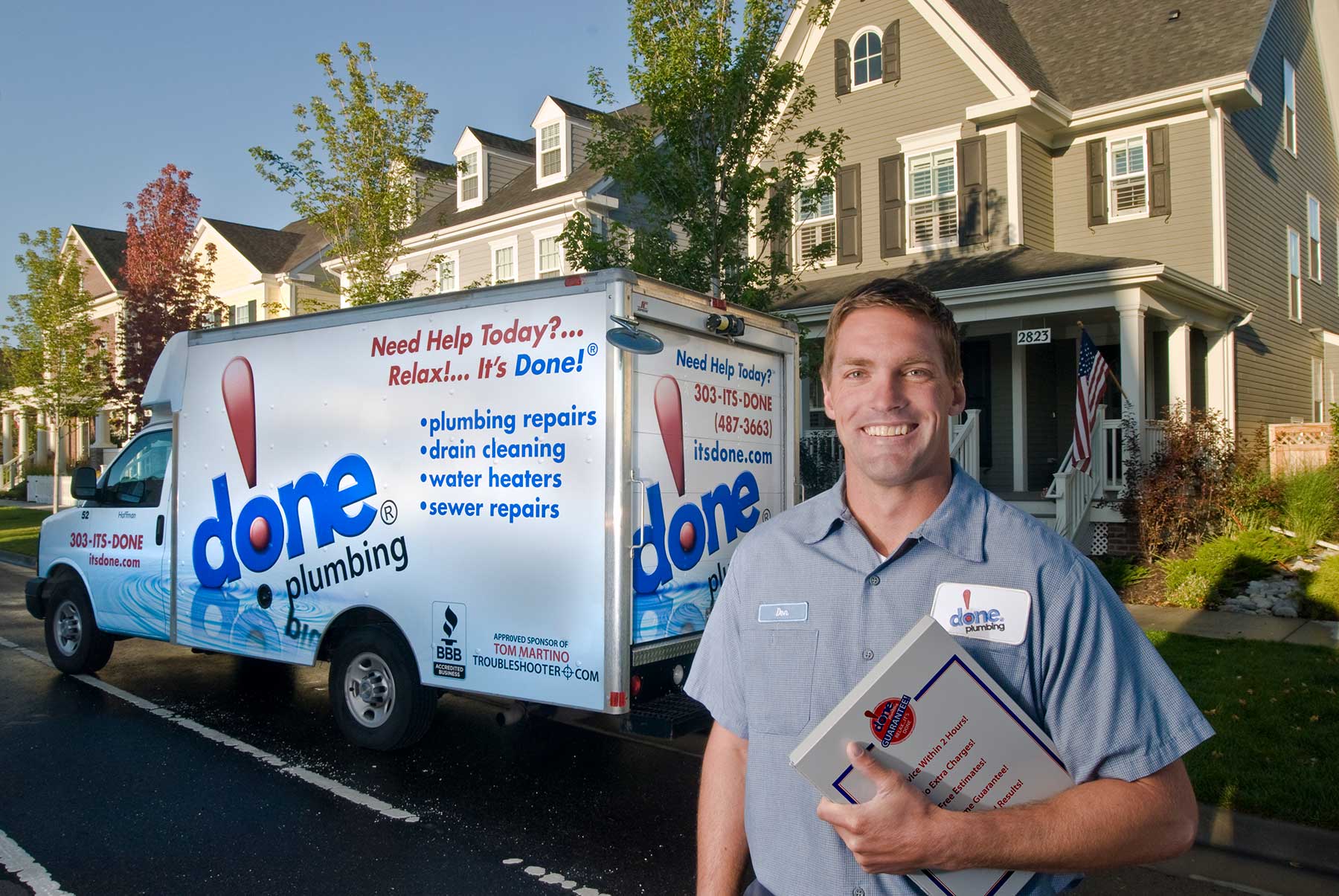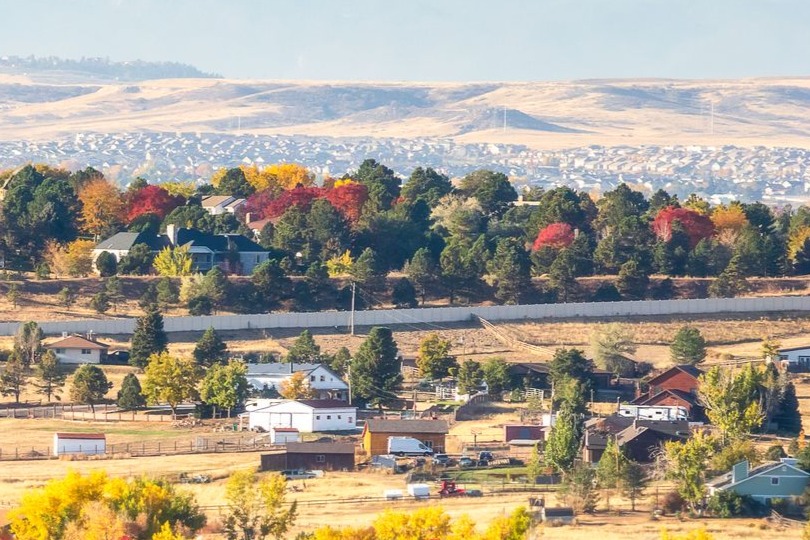A frozen outdoor faucet isn’t just an inconvenience—it’s a ticking time bomb for water damage. As temperatures drop, trapped water inside your exterior pipes expands, leading to cracks, bursts, and leaks that can spread beyond the faucet. Even a small crack near an exterior wall can allow water to seep into drywall, insulation, and flooring, creating costly structural damage.
At Done! Plumbing, Heating, Cooling & Electric, we specialize in fast, expert repairs to prevent frozen faucets from turning into a major headache. Here’s what you need to know to protect your home.
Signs Your Outdoor Faucet Is Frozen or Damaged
A frozen faucet often gives warning signs before a major problem develops. Catching these early can help prevent expensive repairs and water damage inside the house.
- No water flow: If turning on the faucet results in no water or just a small trickle, ice has likely blocked the pipe.
- Visible frost or ice: Ice on the faucet or the exposed pipe leading to the house is a clear sign that freezing has already happened.
- Unusual sounds: Creaking, cracking, or popping noises when turning the faucet on or off mean ice is expanding inside the pipe.
- Water leaks inside the home: If using the outdoor faucet leads to a sudden water stain on an interior wall or a puddle near the foundation, a pipe has probably cracked inside the house.
Ignoring these warning signs can lead to bigger plumbing failures. Left untreated, expanding ice can build enough pressure to burst the pipe, sending water into walls or under floors.
Why Frozen Faucets Lead to Major Disasters
A frozen outdoor faucet might not seem like a big deal at first, but the real problem happens behind the scenes. When water inside a pipe freezes, it expands, increasing pressure until the pipe gives out. Unlike slow-developing plumbing issues, frozen pipes can burst suddenly, releasing gallons of water into walls, basements, or crawl spaces.
- Pipe bursts behind walls: If an outdoor faucet freezes, the connected pipe inside the house is also at risk. A burst in this section can send water leaking behind drywall, often going unnoticed until serious damage has already occurred.
- Flooding risks: If no one is home when a pipe bursts, water can flow for hours or even days before discovery, leading to extensive repairs and mold problems.
- Hidden leaks: Some frozen pipes don’t burst right away. Instead, small cracks form, allowing water to seep out slowly once the ice melts. These leaks can go unnoticed for weeks, causing long-term damage to walls, floors, and insulation.
Preventing a Frozen Outdoor Faucet
A few simple steps before winter can help avoid expensive pipe repairs and water damage.
- Check Faucets Before Cold Weather Hits
Outdoor faucets should be tested at the start of the cold season to make sure they’re in good shape. Turning them on and checking for leaks or weak water flow can reveal problems before freezing temperatures arrive. - Disconnect Hoses and Drain Water
Leaving a garden hose attached traps water inside the pipe, increasing the risk of freezing. Removing hoses and draining any remaining water from the faucet helps prevent ice from forming. Storing hoses indoors also keeps them from cracking in the cold. - Upgrade to Frost-Proof Faucets
Many modern outdoor faucets have built-in freeze protection. Homes built after the 1970s might already have frost-proof hose bibs, but older homes may still have traditional faucets. While faucet covers can add some insulation, they don’t offer the same protection as properly installed frost-proof models. - Schedule Professional Maintenance
A licensed plumber can inspect outdoor faucets and other plumbing fixtures to ensure they’re winter-ready. Catching potential problems early can help avoid serious damage when temperatures drop.
What to Do If Your Outdoor Faucet Is Frozen
Handling a frozen faucet the wrong way can make the problem worse. Trying to force water through a frozen pipe or using unsafe thawing methods can lead to costly damage.
- Avoid forcing the handle: Turning the faucet aggressively can break internal parts or make the ice blockage worse.
- Look for indoor leaks: Check walls, ceilings, and floors near the outdoor faucet for water stains, damp spots, or peeling paint.
- Use safe thawing methods: Open flames, heat guns, or boiling water can cause rapid expansion, increasing the chance of a pipe bursting. Gentle heat, like a hairdryer or warm towels wrapped around the pipe, is safer.
If the faucet stays frozen or water starts leaking inside, a professional plumber should handle the repair.
Trust Done! for Fast, Professional Repair
A frozen faucet can turn into a major headache if left untreated. Done! Plumbing, Heating, Cooling & Electric provides expert plumbing services to fix frozen pipes before they cause serious damage.
- 24/7 Emergency Service: Plumbing emergencies don’t wait—help is available day or night.
- Experienced Technicians: Licensed and insured plumbers can quickly diagnose and fix frozen or burst pipes.
- Preventative Solutions: Installing frost-proof faucets helps protect against future freezing problems.
Don’t wait for a frozen faucet to cause expensive repairs. Call Done! today or schedule an appointment online for expert service and winter-proofing solutions.

